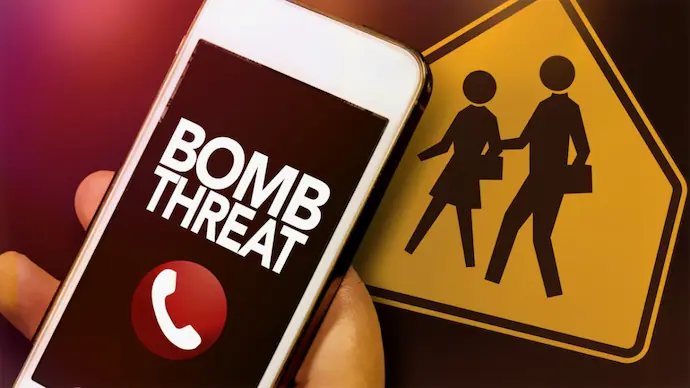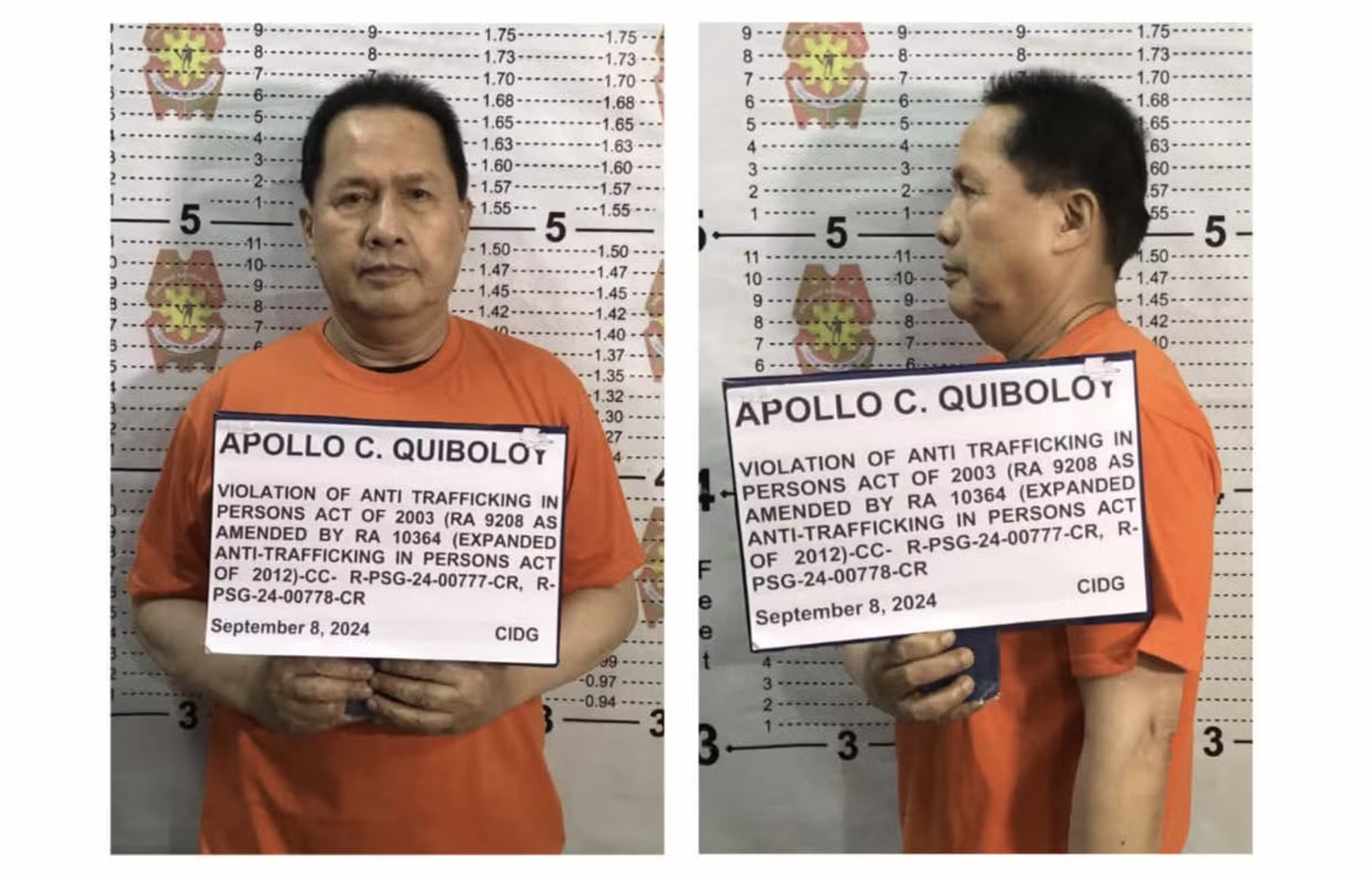The Embassy of the United States in Manila issued a cryptic message that is carefully called as “information as a public service” to U.S citizens in the Philippines last Friday, September 28. A day later, other predominantly Caucasian Western countries followed suit by advising their citizens on the implications of the threats to US Citizens. Days later, having caught unaware (again) of the information from the US Embassy’s reliable security source, the Philippine government issued a comforting message that everyone is safe in Metro Manila or in the Philippines.
The public service information is about a threat against American citizens in Metro Manila, specifically in Pasay City. Allegedly, reliable security forces detected the threat that remains in effect until October 10, 2012.
It is expected from other Western countries to issue their own advisory each time the US embassy releases theirs. It is prudent for them to give their advisory to play it safe, regardless if the Philippine military and police said that there is no such threat.
It is expected that the Philippine government will downplay the threat since the US Embassy won’t even give details of their reliable information, even to the country’s National Security Adviser, Cesar Garcia, who admitted that there is no specific threat gathered at his end.
As expected, the Philippine military and police said that the information of threat or the warning did not come from them. They did not also say that they are not that reliable to the Americans. When the Armed Forces of the Philippines (AFP) said that foreigners are safe in the country, they were talking about the threat groups like New Peoples’ Army (NPA) and armed groups in the provinces. When the Philippine National Police (PNP) said the same thing, they were referring to petty crimes against foreigners.
I expect that it is time for the Philippine National Security Council (NSC), military and police intelligence units to find out who are these “reliable security forces” of the US Embassy. Hint: one is a firm that advises their clients in reports insinuating that Filipino police and military are not reliable. There are consultants who depend on the heightened terror alert levels to get and maintain clients in the Philippines.
The NSC, AFP, and PNP should have learned from the attack warnings that these western embassies sent out on November02, 2010, two days after the International Forum on Asia Pacific Security in Dusit Hotel, Makati. These threat warnings or travel advisories spread quickly worldwide, thanks to news networks, blogsites, Twitter, Facebook, and SMS.
Nowhere in the public service info was the word ‘raising the alarm’ or ‘alerting’ mentioned. But the message was passed around as if something will happen before October 10. Other embassies have been regularly alerting their citizens on threat situation in the Philippines but have not received much attention. Americans have been always under threat from several groups not only because of the recent anti-Islam film but for decades already in almost all countries in the world.
Another item that caught my curiosity is that the threat is until October 10 only. We have several publicized events of Americans that should be cancelled then based on the unspecified threat in Metro Manila. Was Jessica Sanchez a target being an American by birth and passport? She has Mexican and Filipino blood though. Is the threat targeting U.S. citizens based on passport or by physical profile? I saw how American star Zac Efron gathered fans in Mall of Asia Arena, in Pasay City.
Granting the US Embassy advisory be taken seriously, these concerts should heed the advice to “consider cancelling any American gatherings, celebrations or observations that could be construed as American events.”
– Keane Live in Manila (October 2)
– Foster the People Live in Manila (October 6)
– James Morrison Live in Manila (October 9)
– David Guetta Live in Manila (October 10)
After the threat is gone:
-Wilson Phillips Live in Manila (October 12)
– America with Kalapana Live in Manila (October 17)
– America with Kalapana Live in Cebu (October 19)
– Jonas Brothers Live in Manila (October 19)
– Jonas Brothers Live in Cebu (October 20)
With only Australian United Kingdom, Canada, and New Zealand issuing related advisories to their respective citizens, I get this feeling that the threat is really targeting Caucasian or “amerikano-looking,” referred to as “from Western countries.” Their actions confirmed that any “discriminate” attack is not based on the passport nationality but more on the Caucasian looks.
I am currently in Mindanao, and here, the locals classify foreigners as hapon, instik, bombay, and puti/cano (Japanese, Chinese, Indian, and White/American). Until now, the Embassies of Japan, China, India, Singapore, and other countries have not publicly alerted their citizens in the Philippines. In the context of threat warnings and travel advisories coming from US, UK, Australia, and NZ Embassies, the word Caucasian is more appropriate than Westerner.
Who are these reliable security forces anyway? They are probably very reliable that they can terminate the threat before October 10. Let’s wait if the threat ends office hours or before midnight of said date. Speaking of reliable security forces, we are made to think that US Embassy or government has better and more reliable security forces than what our Philippine government has.
With Pasay City being mentioned, the information could just be from… sorry, I won’t tell the public. I don’t want to jeopardize the intelligence efforts of the United States in the Philippines because just like in November 2010 when it raised a similar threat alarm bells without the courtesy of informing the host country, it was kuryente. The US government has its own reliable security forces operating in the country that the Philippine police and military failed to monitor. It appears that the intelligence exchanges between US and PH is really a one-way relationship.
Implications to Conducting Business in the Philippines
Travel advisories and threat warnings in any form from the US Embassy or Department of State should be studied carefully before being subjected to overkill reactions. Do these advisories affect the “It’s More Fun in the Philippines” tourism effort? Yes, especially when travelers and tourists search the Internet and see all the repeated stories on the advisories. Yes, when travel insurance premiums are higher when going to the Philippines. Yes, when Western corporations reduce travel to the country or require their local partners to react to the threat warnings.
How will it affect the travel and presence of Americans or Westerners in the country as the Philippines faces the growth of its industrial sector, booming BPO industry, and tourism?
How did BPOs and call centers respond to this advisory? Did they base their reaction to the nationalities of their key executives? How did the hotels in the country, not only those in Pasay, react to the threat warning?
With almost all deluxe hotels managed by Westerners or Caucasians and frequented by tourists and expats, the pressure is on the shoulders of the security department and hotel management.
It is time for corporate security professionals to review their company risk level based on new risk exposure assessments.
The real measure, if the advisories are taken seriously by Westerners themselves, is by monitoring their activities which are perceived as Americans or “sa puti.” Did they really cancel their events, activities or change their itinerary because of the warnings from their embassies? Regardless of the arguments on threat warnings or risk assessment, I agree with Director General Garcia. It is still better to err on the side of prudence.
Now, what are the prudent ways to react to an embassy alert like that of Friday, September 28, 2012?






2 responses to “To Err on the Side of Prudence”
The worth of a good travel advisory is best appreciated once a bad
accident transpired. In the intelligence business, its better to issue a
warning on imagined pending terrorists or criminal actions than be
caught with your pants down. Look what happened at 911 World Trade
Center intelligence fiasco. Did any American ever confess that they have
any little bit of information about Bin Laden’s chaotic plan? Nada! Or
else face the wrath of a proud nation on the notion that they are toying
around with people’s life and safety. So, the tendency of intelligence
operators are to exaggerate possible threats to avoid this possible
scenario. If nothing happens, they just sit in the corner pretending
that their advisories toned down the terrorists plan. If something
happen, they would promptly say, ” See what I told you?,, and act as if
they were the lone wolf in the business of intelligence reporting. But
beware of the boy who cries wolf because excessive negative advisories breed contempt. It affects the fun of living.
[…] Originally written for SecurityMatters Magazine online edition on 01 October 2012 (https://securitymatters.com.ph/to-err-on-the-side-of-prudence-7237/) […]